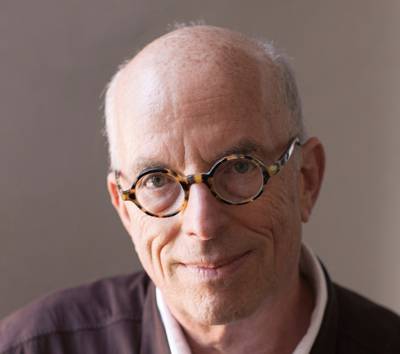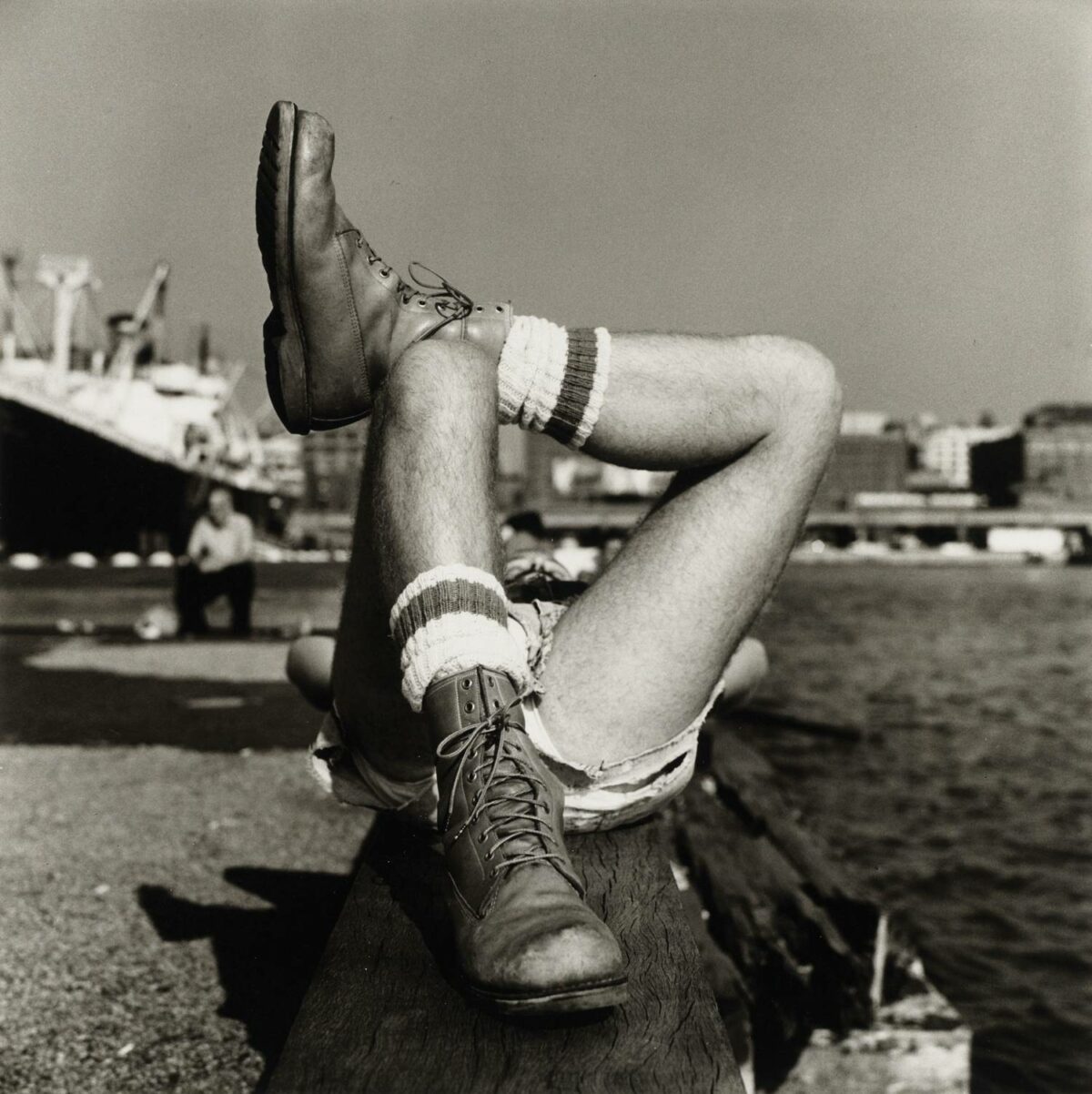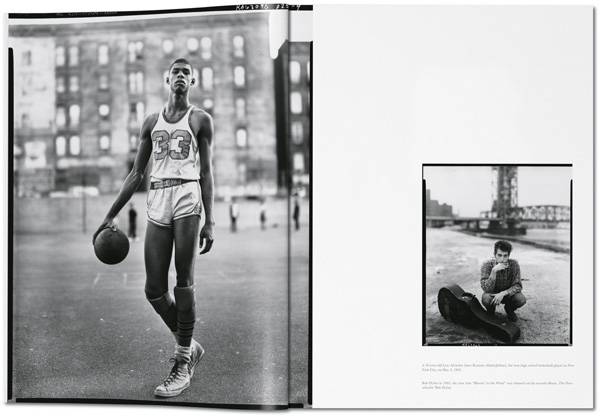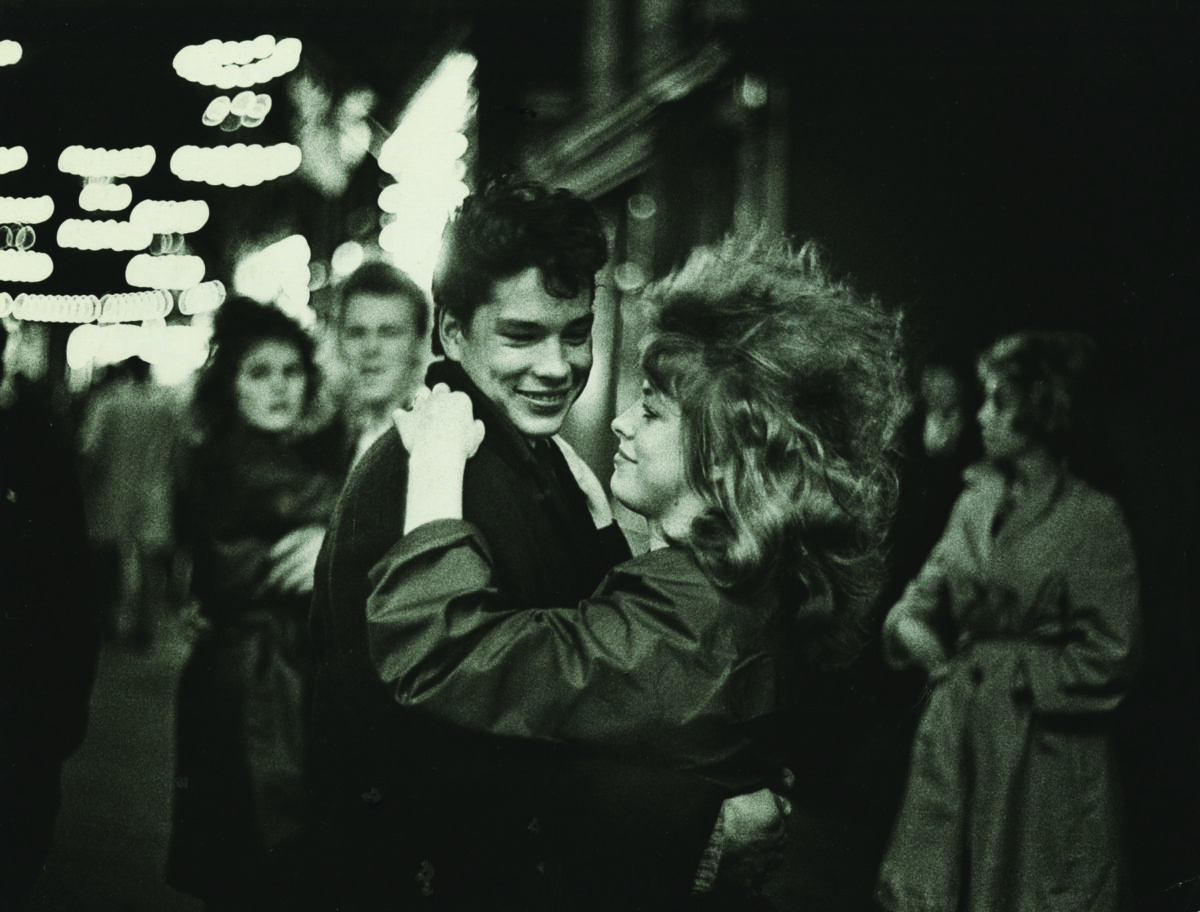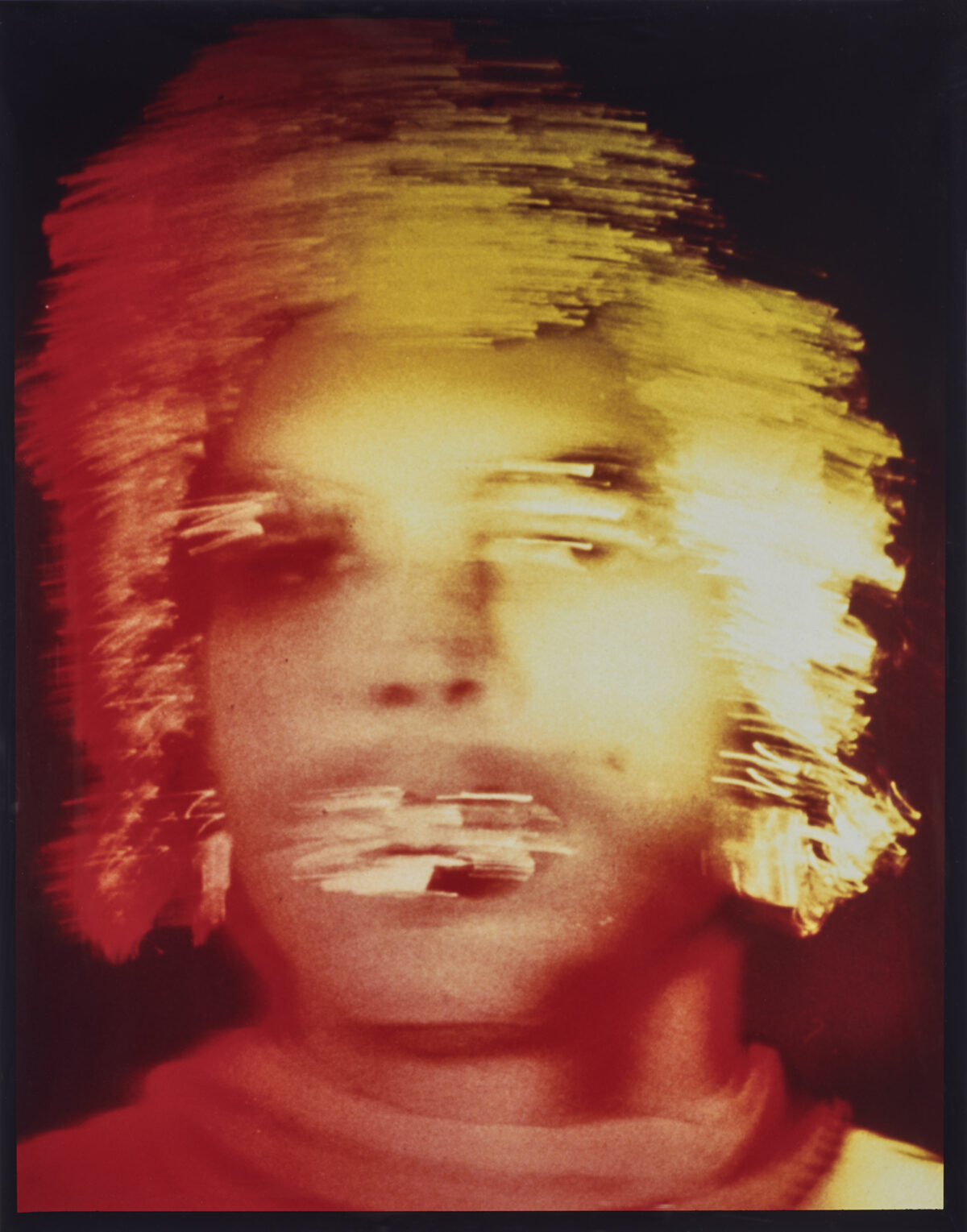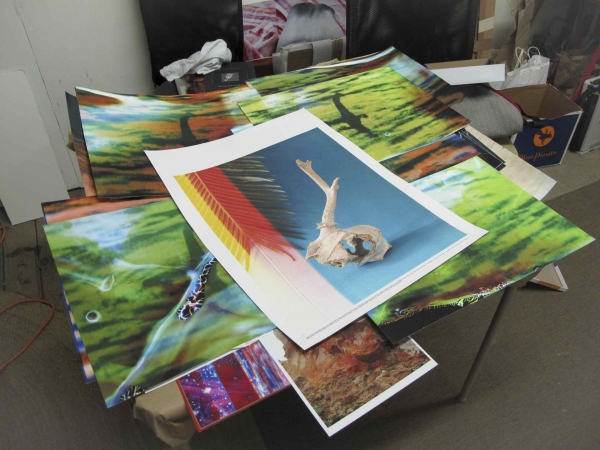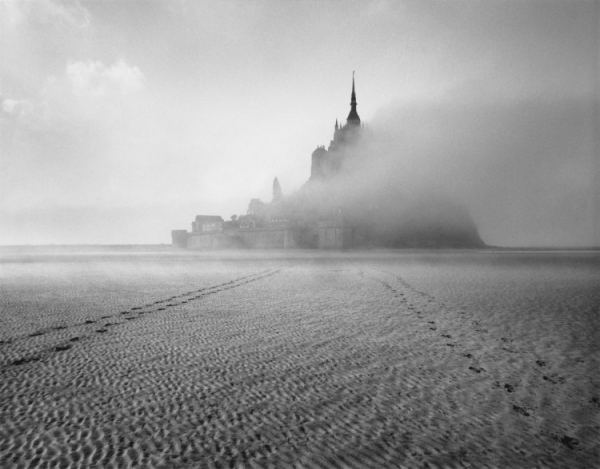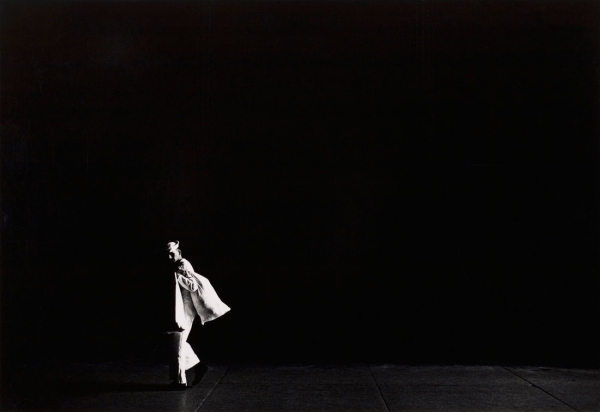“I’m interested in the conversations around pictures,” says curator, writer, photo book publisher, social media master, and photography critic at large Marvin Heiferman, whose most recent endeavor is the online project Seeing Science: Photography, Science and Visual Culture. “What does it mean to see cells in real time? What does it mean to have a camera chasing a comet? What happens when ‘objective’ photographs get read by different people?” asks Heiferman, whose work aims to spark conversations across disciplines.
Seeing Science (seeingscience.umbc.edu), based out of the University of Maryland, Baltimore County, explores the role photographs play in influencing public opinion and policy about science. Composite portraits by photographer Nancy Burson, depictions of scientists in popular culture, and futuristic images of an Antarctic research base are just a small sample of the subjects explored on the site.
Heiferman’s forays online began in 2009, when he helped found The Bigger Picture blog for the Smithsonian, which explored that institution’s enormous photography archives. He was the guest curator of the now-archived website click! photography changes everything. (A book based on the project was published in 2012 by Smithsonian and Aperture.) “It’s easy … to be precious about one’s approach to an area of expertise,” wrote Smithsonian curator Catherine Shteynberg in 2011, “and Marvin is one of those rare Renaissance men who are interested and able to absorb almost any subject matter.”
Heiferman grew up in Brooklyn and began visiting the Brooklyn Museum as soon as he was old enough to take the bus there. He majored in English at Brooklyn College, then taught briefly in a school for schizophrenic and autistic children. What he really wanted to do was paint, so although he got a full scholarship to Columbia University’s film school, he walked away after six months and was hired by Harold Jones at Light Gallery, hub of the photography world at the time. He had dinner with Walker Evans; he helped organize the first shows of work by Stephen Shore and Robert Mapplethorpe. Heiferman went on to become director of Castelli Graphics and Photographs, then went out on his own, representing Nan Goldin, Frank Majore, and Peter Hujar, among others. “I began to see what happens when you put a picture on the wall and a conversation grows up around it,” he says, “and I realized that’s what I wanted to do.”
In 1991, he and book publisher Carole Kismaric, who died in 2002, founded Lookout to develop exhibitions and publications about visual culture. Then as now, Heiferman is interested in a dialogue around visual literacy. When he left the Smithsonian, he realized that he no longer had a public voice in that dialogue, so he started the Twitter and Facebook project Why We Look, posting news stories about photography and visual culture. “The fun of photography is that it never gets old,” he says. “The market is not very interesting to me, but issues about photography’s changing definition, impact, and consequentiality – from questions about its materiality to the spread of facial-recognition software – most certainly are.”

